 "ttyymmnn" (ttyymmnn)
"ttyymmnn" (ttyymmnn)
01/01/2015 at 12:02 • Filed to: planelopnik
 1
1
 8
8
 "ttyymmnn" (ttyymmnn)
"ttyymmnn" (ttyymmnn)
01/01/2015 at 12:02 • Filed to: planelopnik |  1 1
|  8 8 |
As a follow up to the video I !!!error: Indecipherable SUB-paragraph formatting!!! , here's a similar video showing operations aboard France's only carrier, the !!!error: Indecipherable SUB-paragraph formatting!!! , flagship of the French Navy. It shows an interesting mix of Rafale and Super Etendard fighters, along with the Advanced Hawkeye. It looks like, for the most part, our French comrades have taken our flight deck operations and copied them just about move for move. It's also interesting to note the catapult sling used on the Super Etendard. Lacking the forward landing gear that hooks into the catapult, the Super Etendard is hooked in using a steel sling cable that attaches under the wing roots. After launch, the sling just goes into the drink, and they use a new one for the next plane. I could use a little more jet noise and a little less AC/DC, though. But otherwise it's a good video.
 McMike
> ttyymmnn
McMike
> ttyymmnn
01/01/2015 at 12:42 |
|
While I was trying to figure out what the hold back bar was yesterday, I learned about this cable/bridle launching method, too. Apparently this was the way we used to launch everything, too. ( up to 1962 ) I can't believe I never gave this stuff a second look. This is some real fascinating shit.
They really threw that cable away every time a plane was launched?
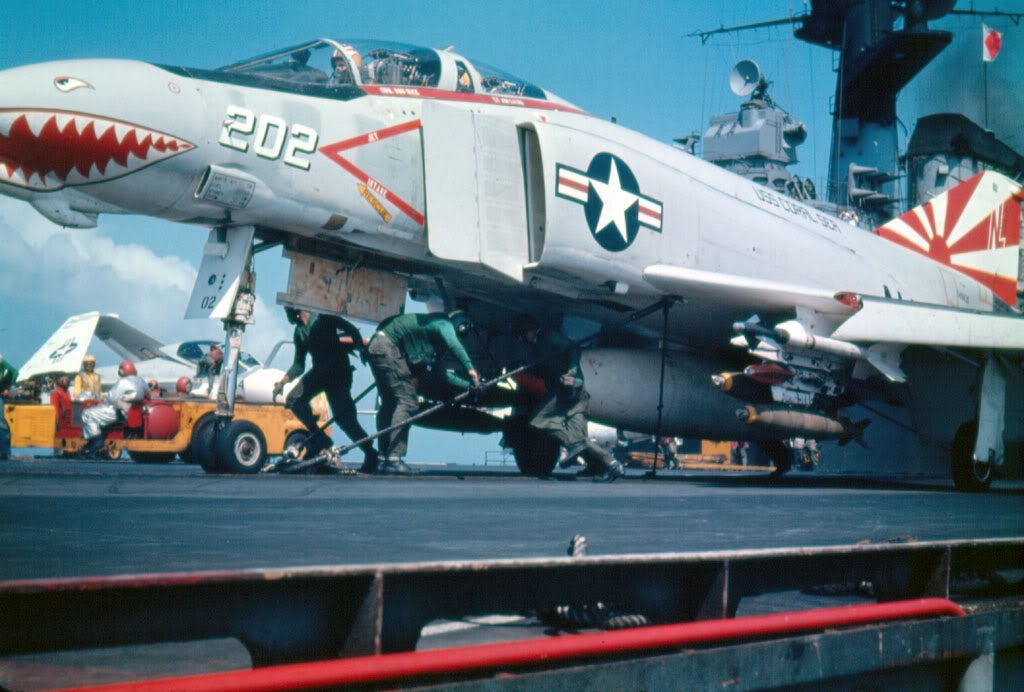
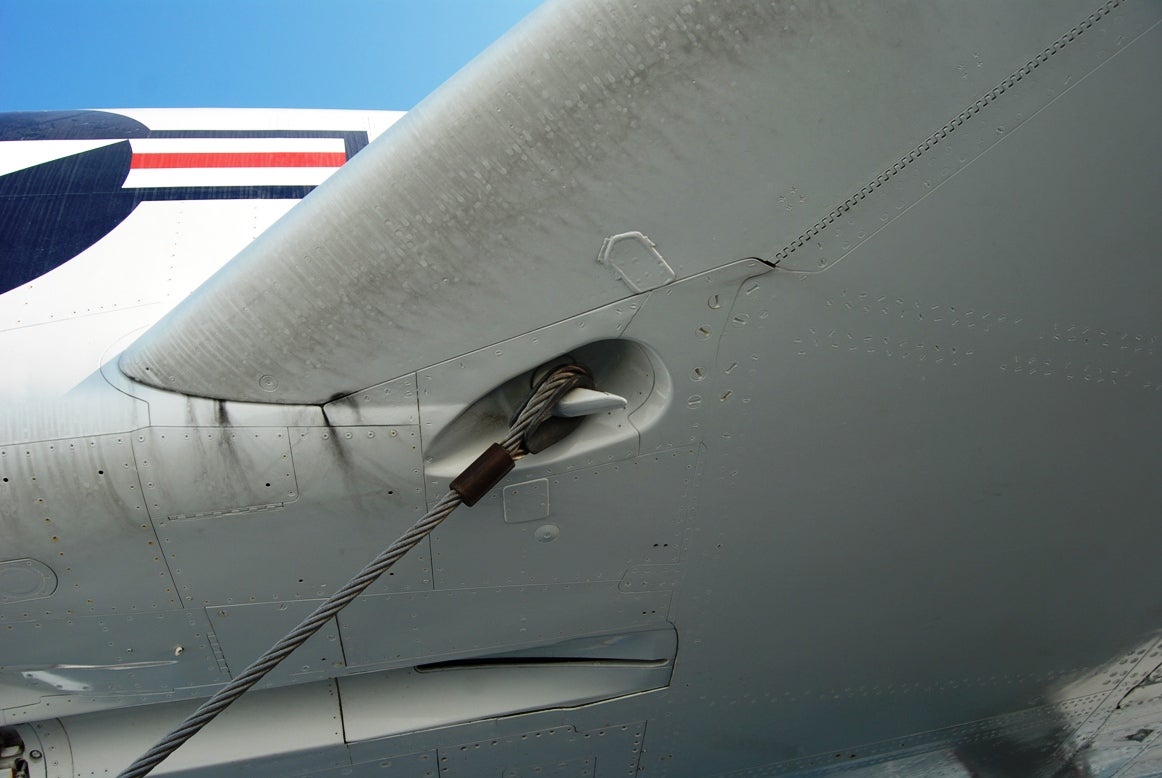
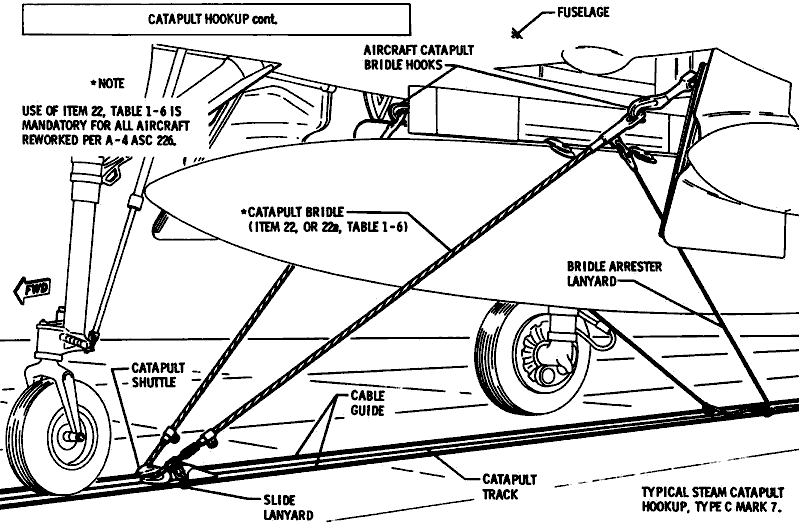
 McMike
> McMike
McMike
> McMike
01/01/2015 at 13:03 |
|
They really threw that cable away every time a plane was launched?
Replying to myself. Mind = blown
So THAT'S what those little ramps at the end of the catapult were.
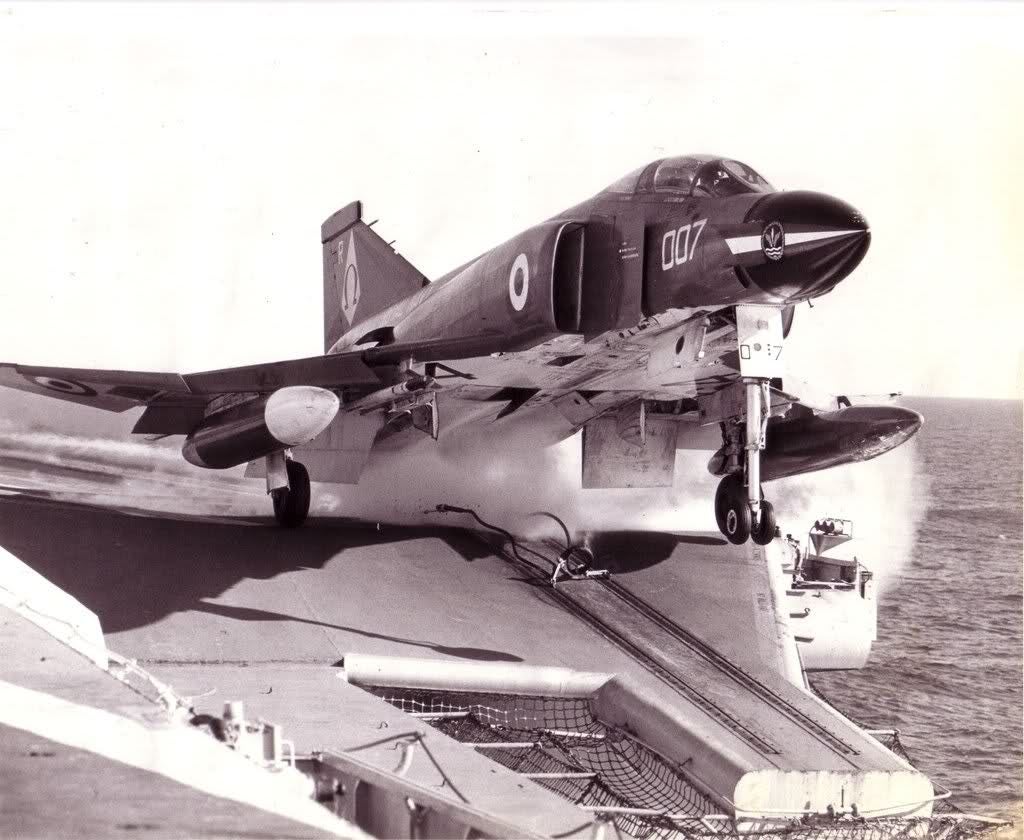
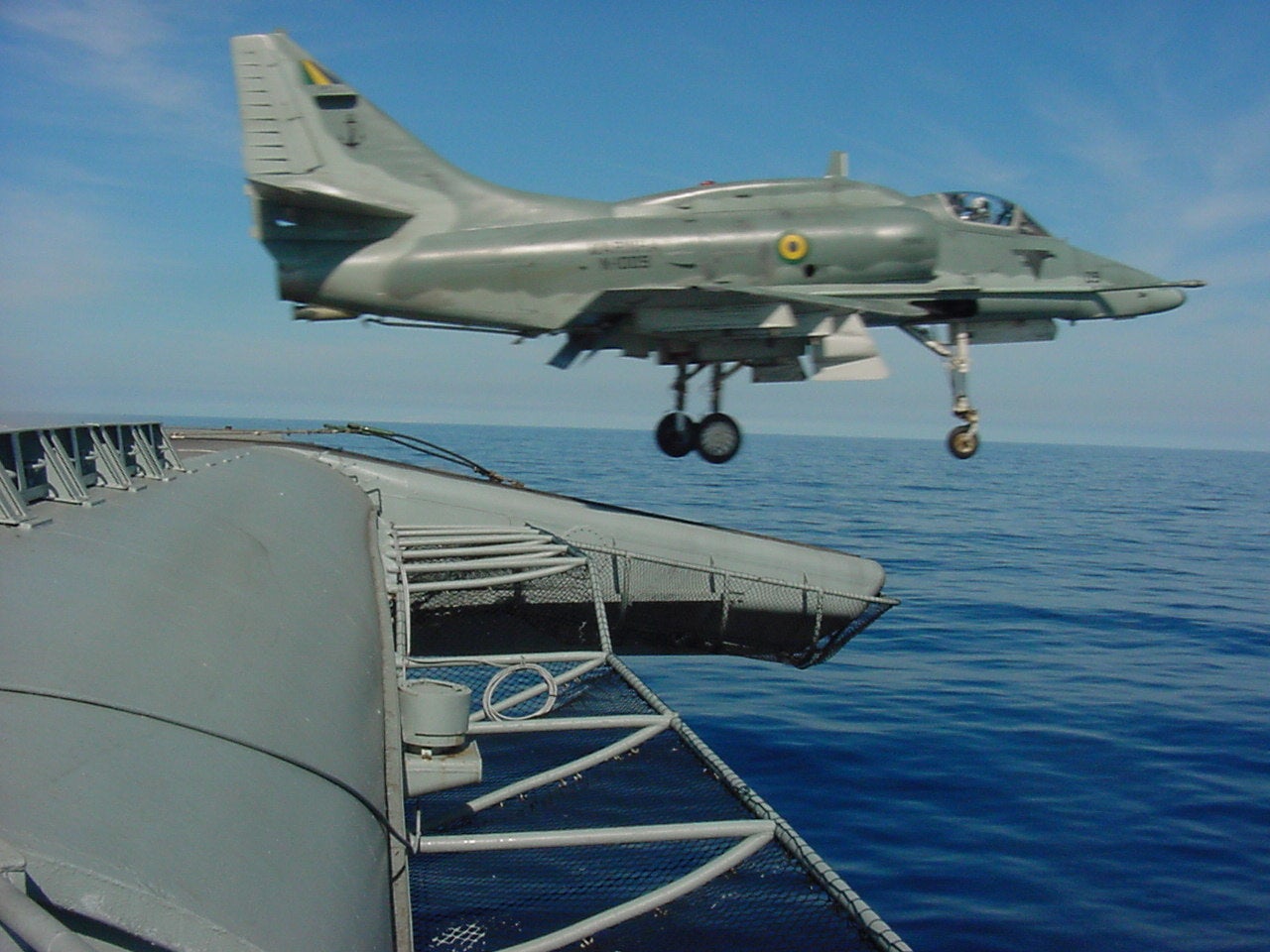
http://warships1discussionboards.yuku.com/topic/11738/Le…
The catapult itself works by connecting to an aircraft vis a shuttle on the deck which runs on a single central slot. This stops several feet short of the end of the deck, where during the launch cycle the strop continues forward due to momentum, but begins slowing down so 'falls off' the aircraft (it is attached by being hooked over two rearwards facing hooks). Originally the strop was lost in the sea after each launch, the method dating back to the 1930s when it first introduced by the US aboard their hydraulic catapults on carriers such as the Yorktown class. Strops where relatively cheap and catapult launches were the exception rather than the rule as free takeoffs where standard procedure. Postwar heavier aircraft and jets in particular meant more frequent use of the catapults, with an increase in required catapult power which lead inevitbably to the development of the steam catapult, and lead the Americans to realise the strops would become quite an expense even for them due to the large number of carriers operated. Two more slots are fitted either side of the shuttle slot, usually slightly raised above the deck, and the strop is attached to runners in these slots at four points (two per slot); two close to the shuttle (short connection) and two more near the ends of the strop (long connection). The catcher slots extend beyond the end of the catapult proper and and drop below deck level at the deck end to pull the strop away from the departing aircraft as it leaves the deck. When the catapult is reset for the next launch the bridle can seperately by pulled back to the start of the catapult track ready for the next aircraft. It is reused a fixed number of times (30-50) before it is detached from the catcher runners and lost on the next launch.
 ttyymmnn
> McMike
ttyymmnn
> McMike
01/01/2015 at 13:08 |
|
Thanks for all the pics/video. I had never really known about this cable system until I saw this video, though the pictures you posted of the Phantom do remind me a bit of having seen it before. I did a little Googling about the system, because I was incredulous that they just tossed the cable into the sea. But really, I can't imagine there's any way to catch it or keep it from going over. I suppose when you're spending billions of dollars launching warplanes, those cables are just CDB. It would be interesting to see what sort of holdback system they used with the sling. I would think that with a sling system, the holdback would be even more important.
 McMike
> ttyymmnn
McMike
> ttyymmnn
01/01/2015 at 13:13 |
|
http://oppositelock.jalopnik.com/they-really-th…
I believe we may be in the same part of the internet learning about this.
 doodon2whls
> ttyymmnn
doodon2whls
> ttyymmnn
01/01/2015 at 13:28 |
|
The holdback is an important part, especially with the cable... If there is one thing I learned in engineering school, you can't push on a rope. ;-)
 ttyymmnn
> McMike
ttyymmnn
> McMike
01/01/2015 at 13:38 |
|
Great stuff. Thanks for all the info. We both learned something today!
 McMike
> ttyymmnn
McMike
> ttyymmnn
01/01/2015 at 14:09 |
|
These are the type of "Wow, that's neat, I want to learn more so I'll Google and share what I find" replies that often get dismissed on some Gizmodo/Sploid articles.
This is why I love Oppo.
 McMike
> ttyymmnn
McMike
> ttyymmnn
01/08/2015 at 12:08 |
|
/in b4 front page